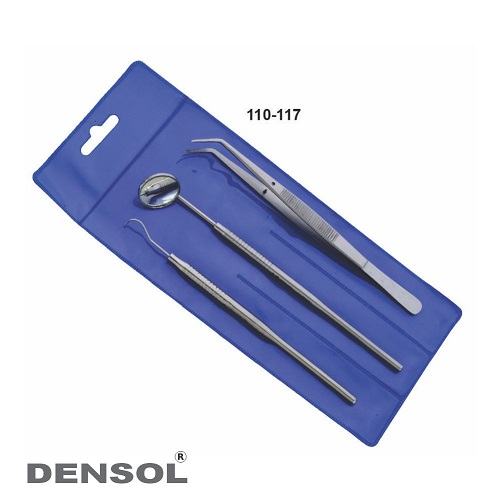Dental diagnostic are essential for assessing oral health and identifying potential issues before they become serious problems. Through a variety of techniques and technologies, dental professionals can gather valuable information about a patient’s teeth, gums, and overall oral condition. This article provides an overview of the key components of dental diagnostics, their significance, and future trends.
The Importance of Dental Diagnostics
Regular dental diagnostics are crucial for several reasons:
- Early Detection: Many dental issues, such as cavities and periodontal disease, can develop without noticeable symptoms. Early detection allows for more effective, less invasive treatments.
- Preventive Care: By identifying risk factors early, dentists can provide preventive measures tailored to individual patients, helping to avoid more complex issues down the line.
- Personalized Treatment Plans: Accurate diagnostics enable dentists to create effective, individualized treatment plans that address specific patient needs.
- Patient Education: Diagnostic results help educate patients about their oral health status, empowering them to make informed decisions about their care.
Common Diagnostic Tools and Techniques
1. Visual Examination
A thorough visual examination is typically the first step in dental diagnostics. Dentists look for signs of decay, gum disease, and other oral health issues by inspecting the mouth, teeth, and gums.
2. Digital X-Rays
Digital radiography provides detailed images of teeth and bone structures, helping dentists detect issues like cavities, infections, and bone loss that are not visible during a visual exam. Digital X-rays use significantly less radiation than traditional X-rays and offer instant results.
3. Intraoral Cameras
These small, pen-like cameras allow dentists to capture high-resolution images of the inside of a patient’s mouth. Intraoral cameras enhance patient understanding by visually demonstrating oral conditions and treatment options.
4. Cone Beam Computed Tomography (CBCT)
CBCT provides three-dimensional images of dental structures, soft tissues, and nerves. This technology is especially useful for complex treatments such as dental implants and orthodontics, providing detailed information that enhances planning and execution.
5. Periodontal Assessment
Gum health is evaluated through periodontal probing, which measures the depth of gum pockets around teeth. This assessment helps determine the presence and severity of gum disease, guiding appropriate treatment.
6. Salivary Testing
Salivary diagnostics can identify specific bacteria associated with cavities and periodontal disease. This information allows dentists to tailor preventive strategies and monitor treatment effectiveness.
7. Pulp Vitality Testing
To assess the health of the tooth pulp, dentists perform pulp vitality tests, which determine how well the nerve responds to stimuli. This testing is vital for diagnosing conditions like pulpitis.
The Future of Dental Diagnostics
The field of surgical suture kit is rapidly evolving due to advancements in technology and a deeper understanding of oral health. Some emerging trends include:
- Artificial Intelligence (AI): AI is being integrated into diagnostic processes, enhancing image analysis and predicting dental issues more accurately. Machine learning algorithms can assist in identifying conditions based on radiographic images.
- Tele-dentistry: Remote consultations are becoming increasingly common, especially in underserved areas. Tele-dentistry allows patients to receive preliminary assessments and ongoing monitoring without needing to visit a physical office.
- Genetic Testing: Research into genetic factors influencing oral health may lead to personalized prevention and treatment plans based on an individual’s genetic predisposition to certain conditions.
- Microbiome Research: Understanding the oral microbiome’s role in health and disease is an emerging field that could revolutionize preventive care and treatment approaches by targeting specific bacterial populations.
Conclusion
Dental diagnostics are fundamental to effective oral healthcare. By utilizing a variety of techniques and tools, dental professionals can accurately assess and address issues before they escalate. As technology continues to advance, the future of dental diagnostics holds promise for even greater precision and personalization, ultimately improving patient outcomes. Regular dental check-ups and diagnostics are essential for maintaining a healthy smile and preventing future complications.
Read More : Fashion

